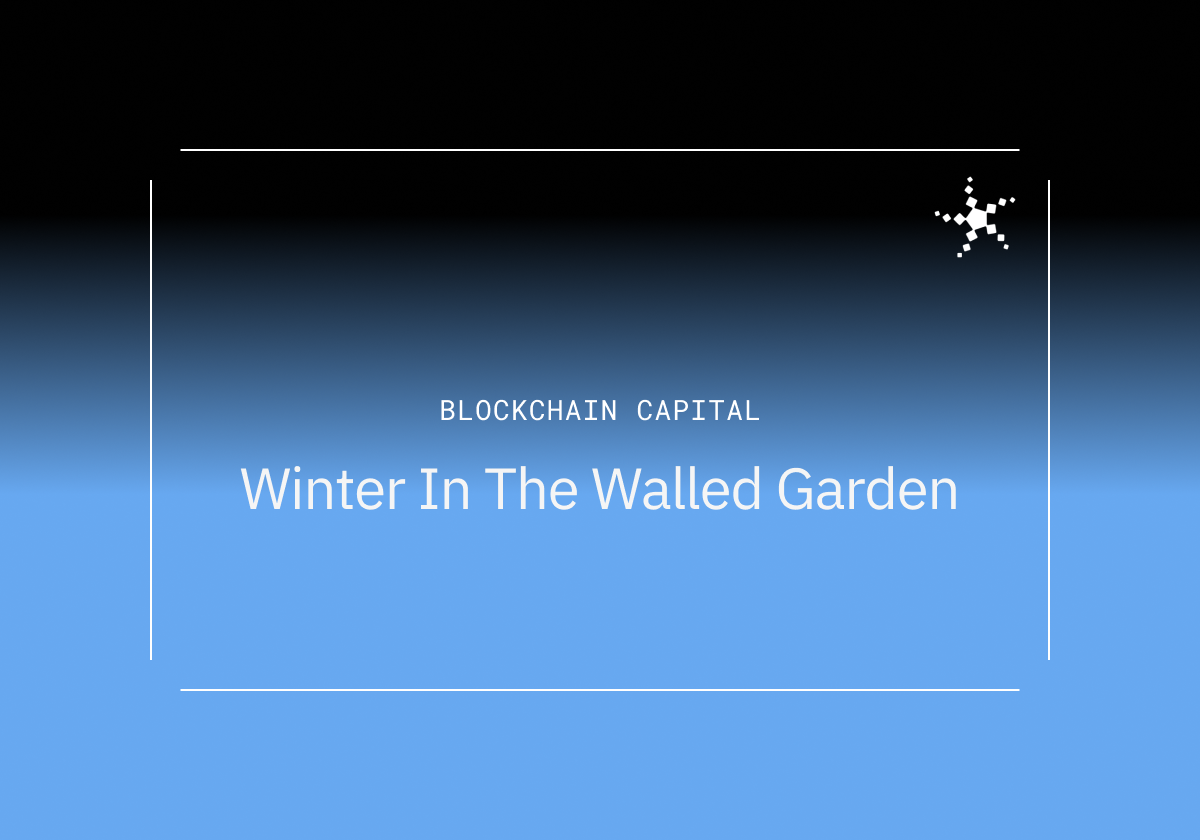
Crypto's New Call: The Growth and Evolution of Derivatives Markets
The Options Market is Growing
The financial landscape is shifting rapidly, with options trading emerging as a preferred strategy for both retail and institutional investors. This trend gained significant traction during the Covid-19 pandemic, as options trading platforms like Robinhood offered attractive economical avenues to navigate the volatile markets.
Data from 2021 highlights a new milestone – global options trading volumes exceeded those of futures for the very first time.

This growing interest expanded beyond professional traders to savvy retail investors, broadening the market dynamics.
According to the Futures Industry Association, the past decade saw a remarkable 478% growth in the options trading, eclipsing the 142% increase observed in futures.
The growth in traditional options markets is spilling over into the crypto sector as well. The CME just saw a 16.6% rise to $734 million in BTC options volume and a 60% rise to $207 million in ETH options volume.
Crypto can capitalize on this
The options market offers a potential treasure trove of under explored investment opportunities for crypto, particularly as traditional finance faces escalating costs and complexities. This traditional system, while time-tested and heavily regulated, is increasingly incompatible with the evolving financial ecosystem that prioritizes speed, transparency and accessibility.
On-chain options trading presents a more streamlined, transparent and inclusive alternative, outlined through three key verticals:
- Off-Chain Digital Asset Options
- On-Chain Digital Asset Options
- On-Chain Real World Asset (RWA) Options
While there are some large and successful players in each of these verticals, it’s essential to note that each of these spaces is still nascent and ready for new innovative players. That said, any new player will face the cold start problem, need to be well-positioned to take on regulatory risks, and build technology that meaningfully sets them apart from incumbents.
Importantly, growth for all three verticals is contingent on growing institutional adoption.
Why?
- Volume Dynamics: The bulk of options trading volume in TradFi emanates from institutional actors. Contrastingly, the relatively small scale of the DeFi options market can be attributed to a lack of institutional engagement, with retail participants driving most of the activity.
- Sophistication Requirement: Capital-efficient options trading demands margining processes, thereby necessitating the presence of sophisticated liquidators. These actors should possess the requisite experience and capability to manage complex balance sheets and hedge against potential risks.
- Retail Participation: Zero Interest-Rate Phenomenon underscored the unviability of a sustainable options business solely reliant on retail actors. Even with retail participation, institutional actors are indispensable for offering liquidity and taking the other end of many trades. Moreover, it’s unclear whether there will be a push for options adoption from the DeFi retail segment. TradFi's retail options trading thrives due to the leverage accessibility challenges faced by consumers. Conversely, DeFi's retail market leans towards perpetual futures (perps) for their leverage requirements.
Undoubtedly, institutions do face significant hurdles to adoption, like regulatory uncertainty, technological compatibility issues, network effects, concerns over privacy and high switching costs.
Looking forward
The unfolding narrative of options trading, extending from traditional to crypto realms, provides a glimpse into a financial future built on-chain with broad institutional acceptance.
As traditional finance internalizes its inherent complexities, on-chain options trading emerges as a harbinger of a streamlined, transparent, and democratized financial future. Yet, this potential hinges on bridging the gap between institutional acceptance and nascent DeFi innovations.
Disclosures: The views expressed in each blog post may be the personal views of each author and do not necessarily reflect the views of Blockchain Capital and its affiliates. Neither Blockchain Capital nor the author guarantees the accuracy, adequacy or completeness of information provided in each blog post. No representation or warranty, express or implied, is made or given by or on behalf of Blockchain Capital, the author or any other person as to the accuracy and completeness or fairness of the information contained in any blog post and no responsibility or liability is accepted for any such information. Nothing contained in each blog post constitutes investment, regulatory, legal, compliance or tax or other advice nor is it to be relied on in making an investment decision. Blog posts should not be viewed as current or past recommendations or solicitations of an offer to buy or sell any securities or to adopt any investment strategy. The blog posts may contain projections or other forward-looking statements, which are based on beliefs, assumptions and expectations that may change as a result of many possible events or factors. If a change occurs, actual results may vary materially from those expressed in the forward-looking statements. All forward-looking statements speak only as of the date such statements are made, and neither Blockchain Capital nor each author assumes any duty to update such statements except as required by law. To the extent that any documents, presentations or other materials produced, published or otherwise distributed by Blockchain Capital are referenced in any blog post, such materials should be read with careful attention to any disclaimers provided therein.
No Results Found.








.jpg)



.png)
.png)
